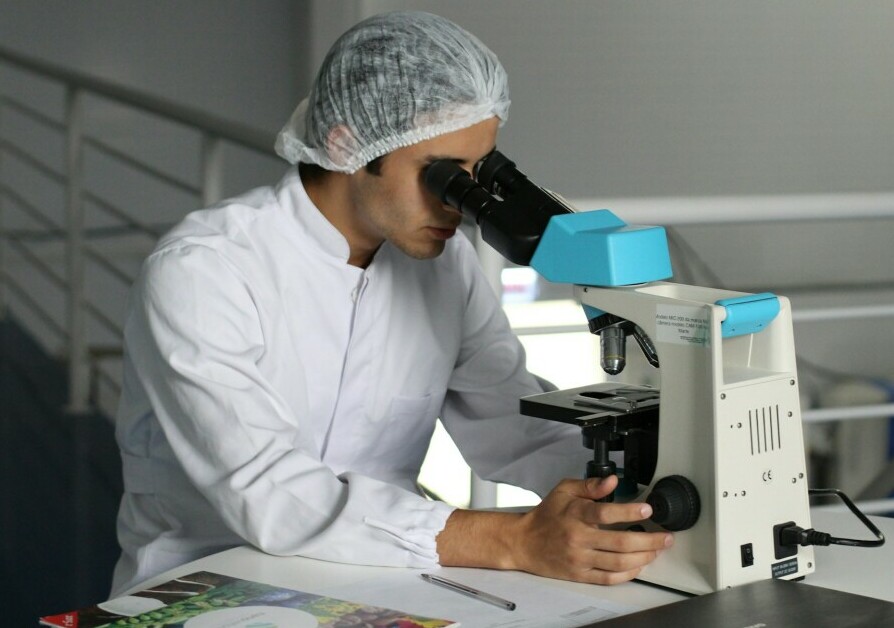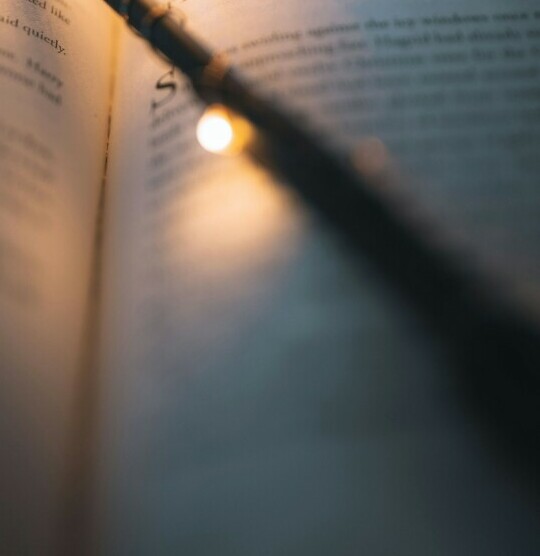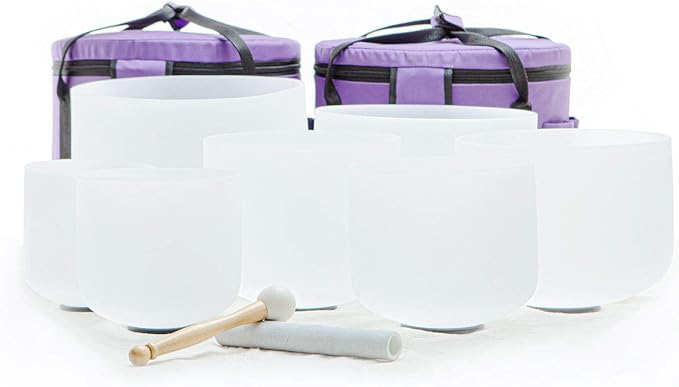For more treatment of Acute Lymphoblastic Leukemia in children please read on. I feel it is necessary to give you an idea on what other possible treatments, procedures and issues arising from them that you will come across in your journey through the treatment phases. So far we’ve discussed the 3 main phases of treatment and we’ve discussed the surgical and randomisation aspects of it. But treatment does not only entail chemotherapy and surgery, there are even more medical procedures involved in the progression and timeliness of the phases. The diagnostic procedures discussed here are testing for relapse and remission, blood counts, among many.

Regular Blood Tests & The Blood Fairy
Why So Many Blood Tests?
One of the first things you will find is that there is an enormous number of blood tests required during the course of treatment and also in determining any infections that your child may succumb to due to low immunity. The oncologists request regular full blood counts, known as FBC, that look at the levels of red blood cells, white blood cells and platelets in your child’s blood. Low counts and high counts of the cells can mean a number of things. This could be an early warning of a relapse if the cell counts aren’t normal and so they keep an eye on things.
Red Blood Cells are responsible for carrying oxygen around your body. Low red blood cells can lead to loss of energy and as a result constant tiredness and poor nutritional absorption to maintain the healthy cells. We have had a few blood transfusions as a result of low blood cell counts.
White Blood Cells are responsible for your immune system and the ability to fight infections. However an over production of immature and malformed white blood cells is what Leukemia basically is, so low White blood cells would be bad for the lack of immunity, but too many leads to overgrowth of white cells over all other cells and they start attacking the body instead of defending it.
Platelets are responsible for the clotting of the blood. Not enough platelets causes bruising and may be fatal if the person suffers an injury and the low number of platelets can’t stop the bleeding. In a child with Leukemia, this must be taken very seriously. My own daughter had an accident on oyster shells on rocks while we were fishing. She ended up with 48 cuts and bruises but one nasty gash on her forehead. She had to be rushed to the doctor to stitch up her wound on her head and to make sure she was going to clot. After that she had a blood test and she was quite low in platelets so we had to pause her treatment so her body could make more. I always said that her body used up all of them trying to heal her wounds. But she can claim to have a lightning scar just like Harry Potter now, and that was before we had even heard of him.

The Trick to Taking Blood From Shy Veins
The other thing to note is that you may discover after many blood tests, the veins start to hide from the needle, well, more like they collapse and become too thin for the phlebotomist to find. They had trouble all the time finding my daughter’s veins until we found one lady who was brilliant with children. She ended up using a baby butterfly needle and never had any trouble after that each time we went. We always asked for her because she was so lovely with my daughter and even though it was such a stressful time for her and she was terrified of any needle after all she had had, she always behaved for this phlebotomist.
Enter The Blood Fairy
This wonderful phlebotomist helped the situation with my daughter by introducing the “Blood Fairy” who would leave money under the chair cushion for my daughter to find. She wasn’t allowed to look for her prize until after she’d had her blood taken, and she did this every time without a fuss as a result. This beautiful lady used her own money to brighten my daughter’s day just that little bit. My daughter looked forward to seeing her and looking for the Blood Fairy’s coin and the lady always had it ready like clockwork for when we came in. It was the best outcome we could hope for in these trying times. Especially when needles, after having so many in her short little life so far, had become something to fear instead of the promised “ït’s just a little mozzie bite”, when it was definitely NOT, that she was told to expect in the hospital.

Bone Marrow Aspirate:
A bone marrow aspiration, or several, are used in a diagnostic way to check the bone marrow is producing normal amounts of, and correctly formed blood cells. It can be used to detect Leukemia and also to diagnose if a relapse has occurred. It is taken from the hip bone and you may find the hospital you go to does it under general anesthetic or may just use pain blocking medication. It is apparently quite painful so the less your child is aware of pain, the better. They say the pain can last a while and it may take the hip bone up to 2 weeks to heal. It was difficult for me to determine how much pain my daughter was in because she was only three and three quarter years old when she was diagnosed and received treatment for about two and a half to two and three quarter years, and was too young to really explain to me what she was going through. During the time she was sick she had several bone marrow aspirates.
Supportive Care:
Patients with ALL often require supportive care to manage side effects of treatment, such as infection prevention, blood transfusions, and supportive medications. For us, this entailed the use of antibiotics for about 3 years, which carried it’s own side effects, which I will go into in another article. We also used a drug called Nilstat, that was meant to prevent my daughter getting Thrush, a yeast infection, in her mouth, which was apparently a common thing due to the fact that the kids were on regular antibiotics which causes Thrush anyway.
Because the treatment might make the kids feel nauseous, they prescribed Ondansetron, to reduce the nausea. This was a tiny tablet and generally easy to swallow at her age, otherwise it would get crushed up in honey or something. I don’t recall if my daughter suffered any side effects at the time, but being that it was a pharmaceutical medication there is a huge list of them if you care to look it up and many of them could have occurred at any given time.
We also had blood and platelets transfusions on several occasions. One time, my daughter was going through a rough patch with her treatment and her cells were being destroyed in large numbers which required them to administer intravenous blood and platelets until her tiny body could recover enough to produce enough for her to cope with. This was not a nice time as I was having to wait for the results of a bone marrow aspirate at the time as well because they were concerned that she had relapsed. During one of her platelets transfusions, my daughter suffered a severe reaction and began to hallucinate. It was scary but we also had a funny moment because she thought she could see a skunk. I played along and asked her where it was and she kept pointing and saying “over there”. I couldn’t see any skunk, but I could see the meds trolley. Goodness knows how she thought that was a skunk, being stainless steel, rectangular and on wheels, but under delirium, that’s what it was to her. Mind you if I were her, I would have preferred to be seeing a skunk instead of a cold, inanimate medical trolley too.

Drugs like Phenergan, were given to make her sleep through certain medications because of the way it would make her feel. This wasn’t a great one for her because as she was coming out of it, it worked in the opposite way, which according to the nurses, it can happen with some children. She was literally, to use the expression, climbing the walls and jumping on the bed and laughing hysterically. It was crazy, she was crazy and quite uncontrollable. It took a while to wear off but I’m glad it finally did. My daughter was not my daughter at that time, she was so unrecognisable. But you may be lucky and it works well for your child, I hope so. I’m telling you this so you are aware that the unexpected can happen and it won’t throw you mentally if you understand that this can happen.
Stem Cell Transplantation:
In some cases, particularly if the patient has a high risk of relapse or if the disease does not respond well to initial treatment, a stem cell transplant (bone marrow or hematopoietic stem cell transplant) may be considered. This involves replacing the patient’s bone marrow with healthy donor stem cells and requires a donor that matches the recipient’s HLA (Human Leukocyte Antigen). This is a protein marker rather than a blood type and is found on most cells in a body, the markers need to match in specific parts of the cell to be considered for use. Sampling and testing is done via a cheek swab. Nowadays there is a register for this making it easier for donors to be located.
While other children on the ward did have to go through this, my daughter did not. It was always something that I felt sorry for the other kids because they had to stay in isolation for weeks at a time with the parents having to scrub up every time they went in or left and wear hospital gowns, gloves, face mask, and feet and hair covers. We did end up in isolation at one stage, and had to do this when we were in the hospital, and that was for about a week, but the kids who had the bone marrow transplants were in there for a lot longer. I hated it for the short time I had to do it, but at the end of the day, the child and their safety is the most important thing.
Targeted Therapies:
Depending on the genetic characteristics of the leukemia cells, targeted therapies like tyrosine kinase inhibitors may be used to specifically target and inhibit certain proteins involved in the growth of leukemia cells. This was not something that we experienced at any time that I am aware of, nor do I know of any of the children in the ward who went through this. It was either not spoken about, or I was not made aware of this, or it must be rare or a new treatment that wasn’t a part of the chemotherapy that the kids in our time were given. I can’t offer any information or experience with this form of therapy.
Radiation Therapy:
Radiation therapy may be used in specific situations to target localized areas of leukemia, such as lymph nodes or the spleen. I can’t give any feedback on this treatment because we did not have to go through any radiation therapy, being that the treating doctors elected to go down the chemotherapy path and did not intend to use radiation therapy unless she didn’t respond to the chemo.
I don’t remember if any of the other children with ALL had radiation or not, but i do recall seeing some of the other children with Texta marks on them that was meant to distinguish the locations of where the radiation therapy would be placed. I remember thinking I was glad we didn’t have to have it but I didn’t understand at the time why I thought that. Perhaps I had heard stories of people going through this treatment.
At the end of the day, no matter how many horror stories you hear or read about, you may not have a choice but you can still have some control over how you respond to the treatment in terms of how you can support your child’s body and mental health throughout this. I have other articles coming that address how you can do this coming. Please watch out for them as I am always uploading new articles.
In Conclusion:
Knowing information in advance of the potential to come across certain situations is paramount to helping you, as parents of a child with Leukemia, succeed in understanding what is going on and be able to prepare for it and help your child from a knowledge perspective. I hope this information explaining more treatment of Acute Lymphoblastic Leukemia in children, and my other two articles, can help you achieve success in supporting your child and yourselves. As they say, being forewarned is being forearmed, and I think we could all do with a good dose of that.
Here’s wishing you the best of luck with your own journey and please reach out if you have more questions. You can reach me by leaving a comment below, or through my dedicated Facebook page.


